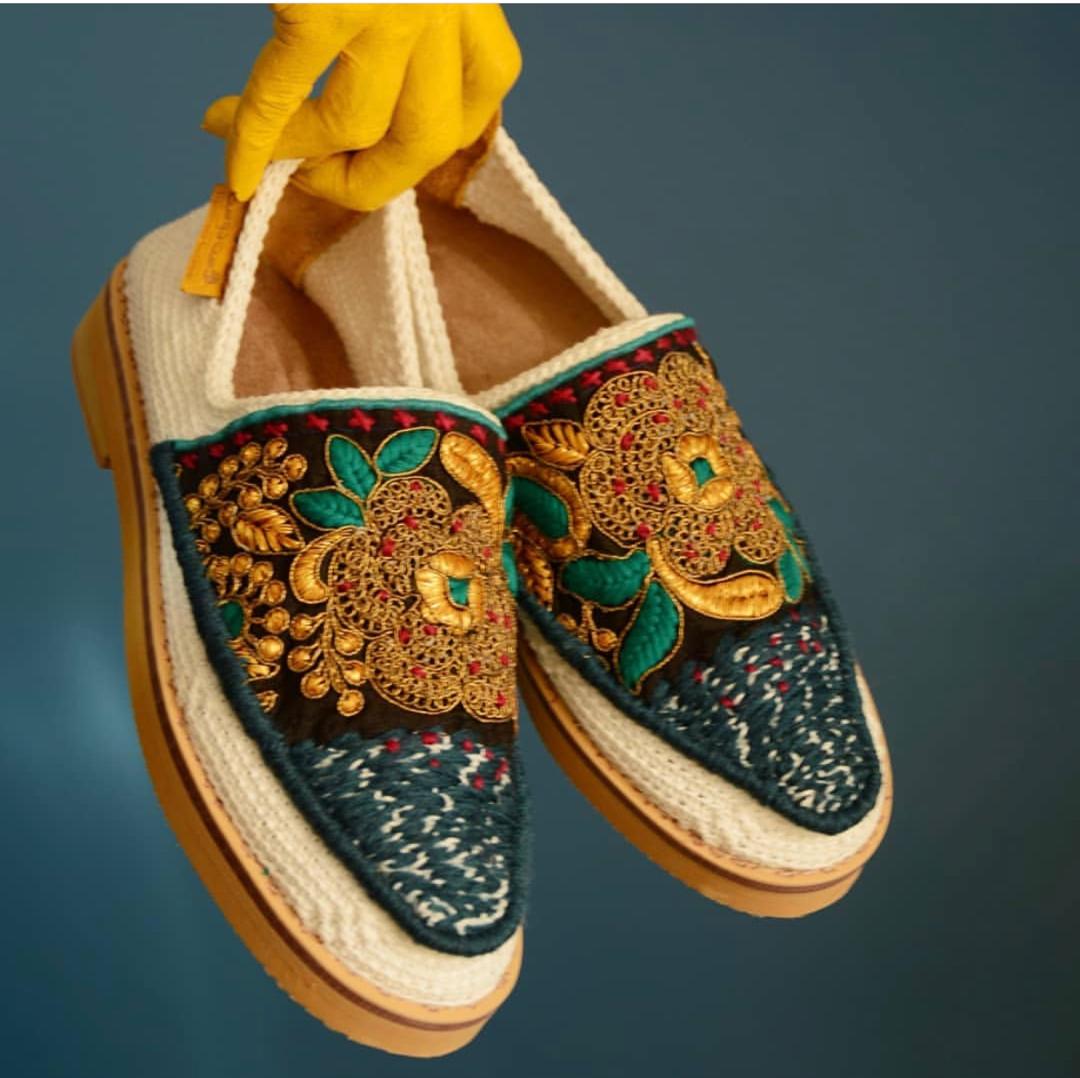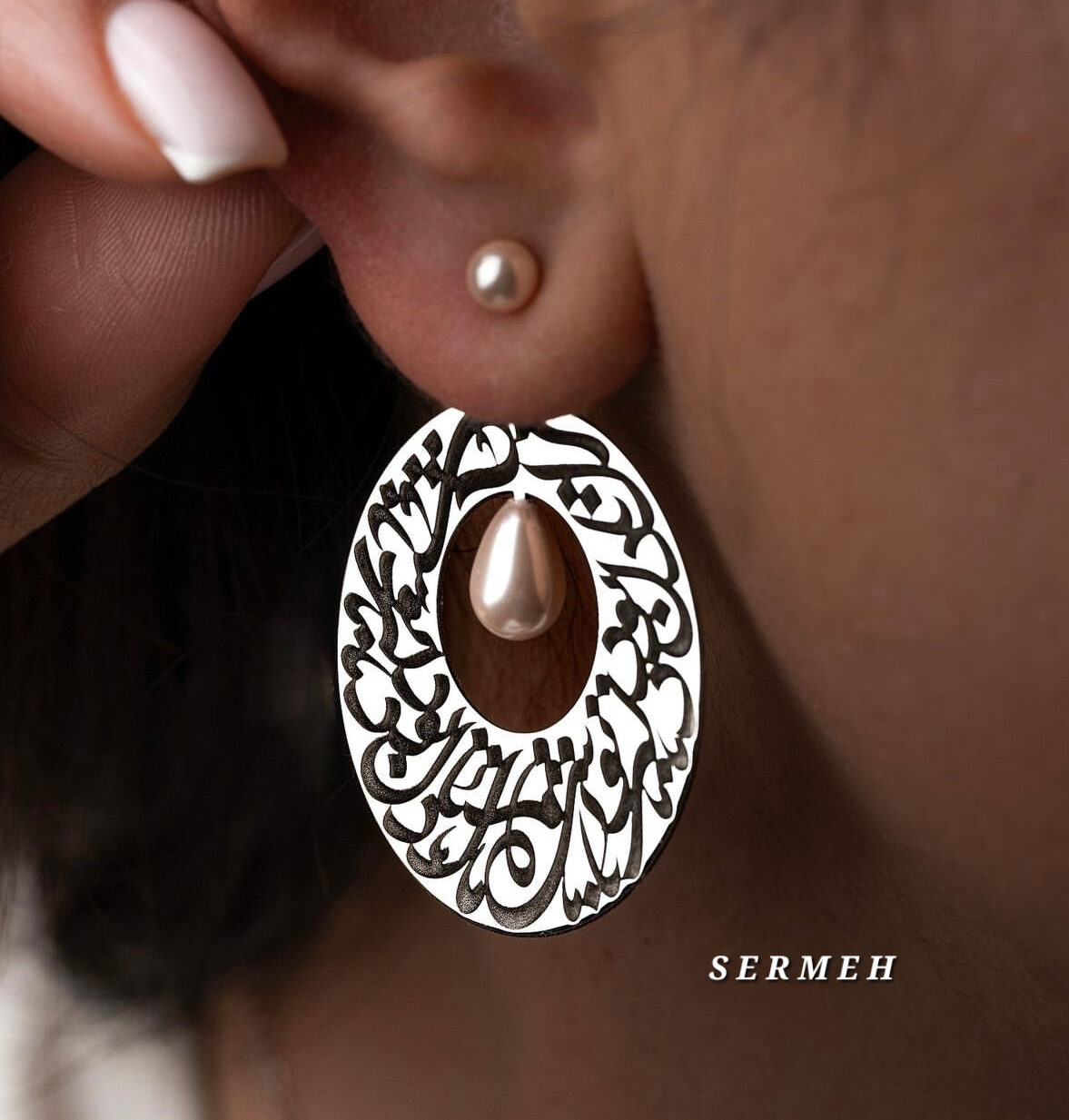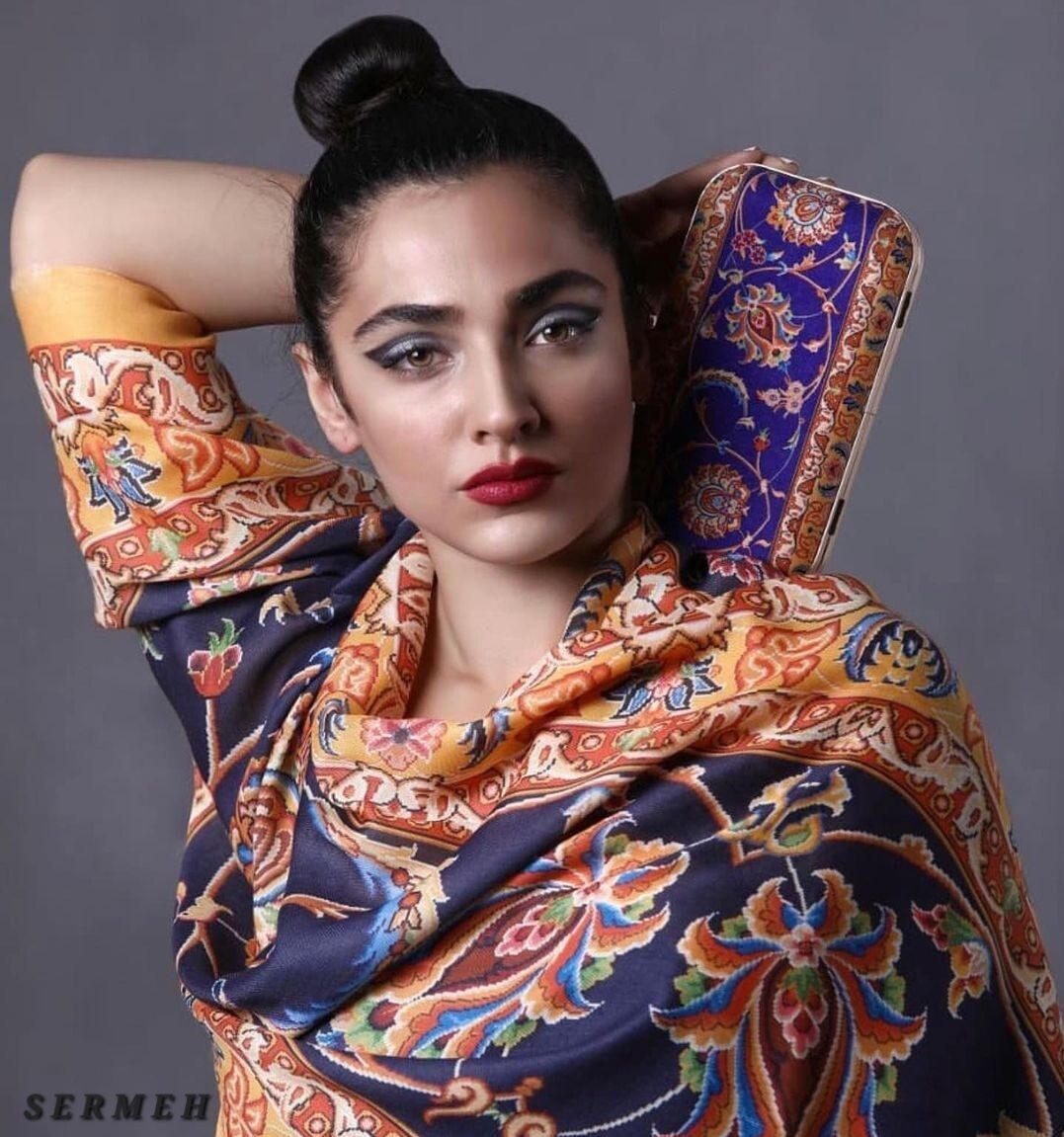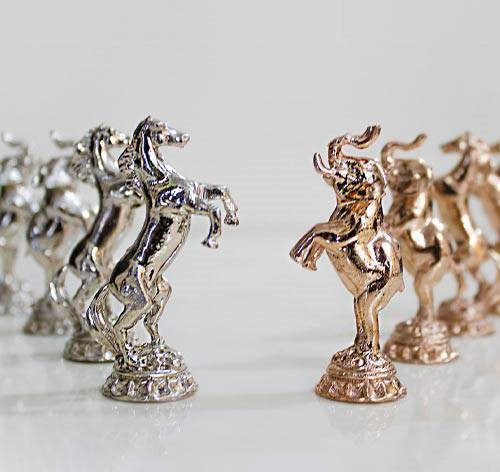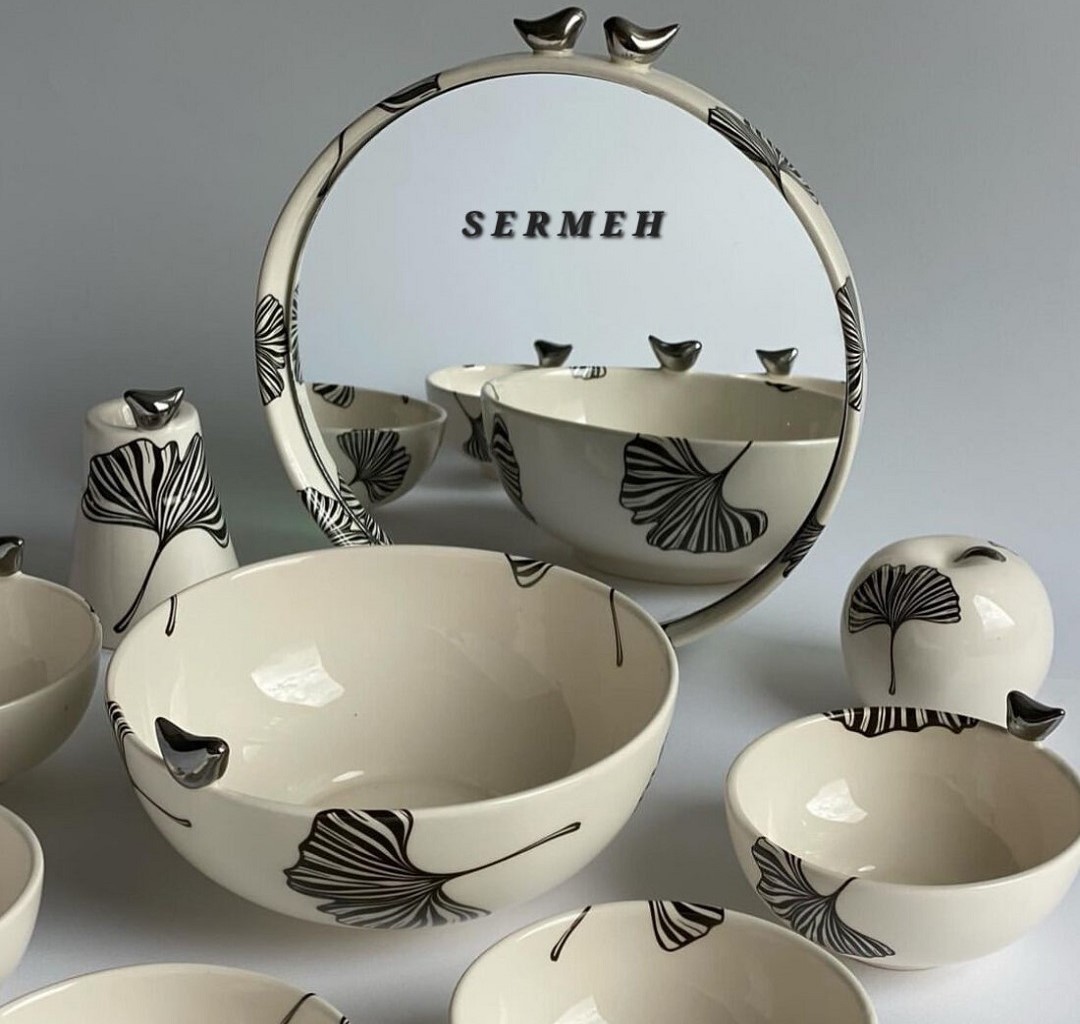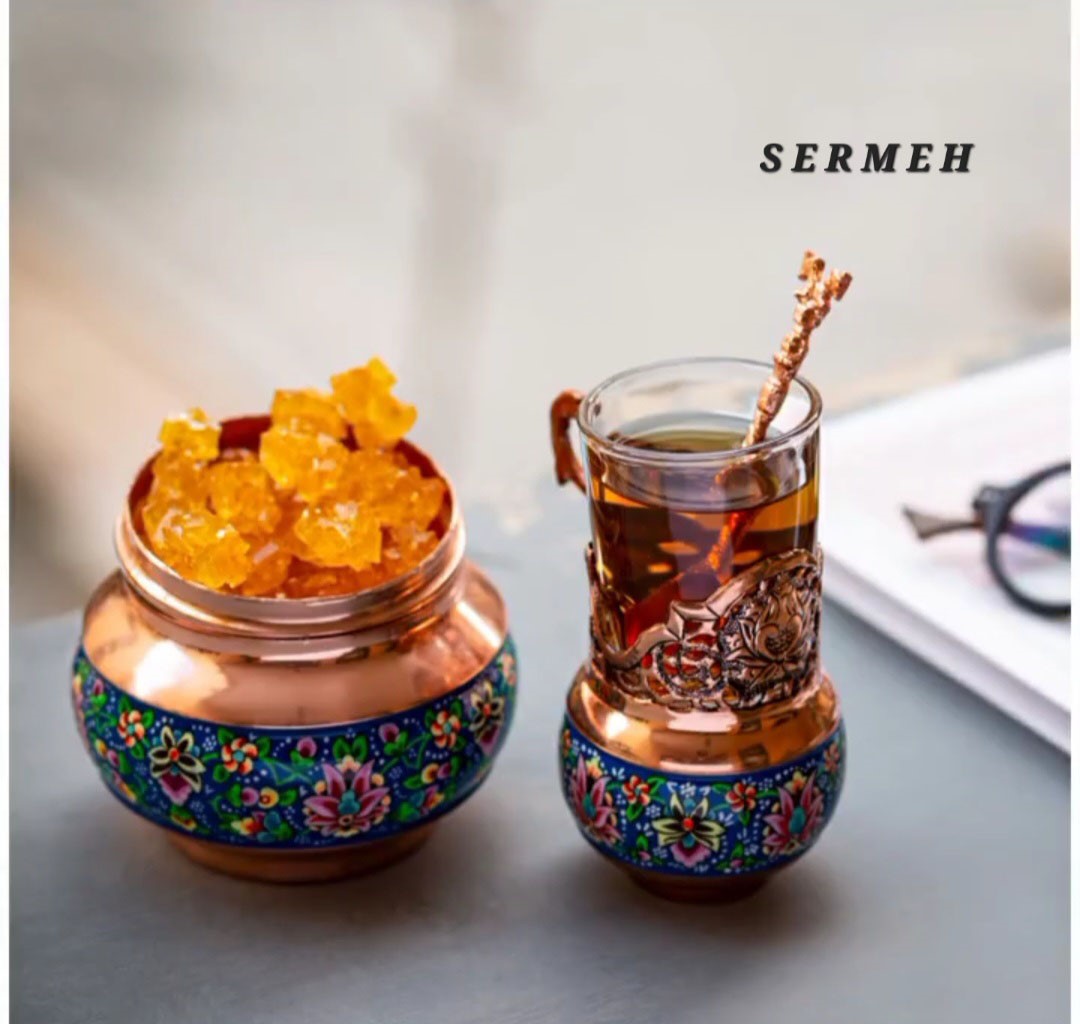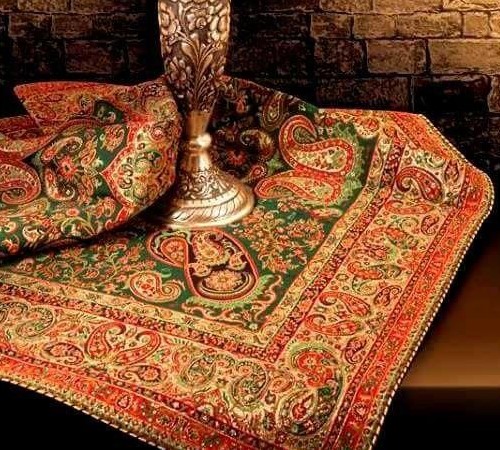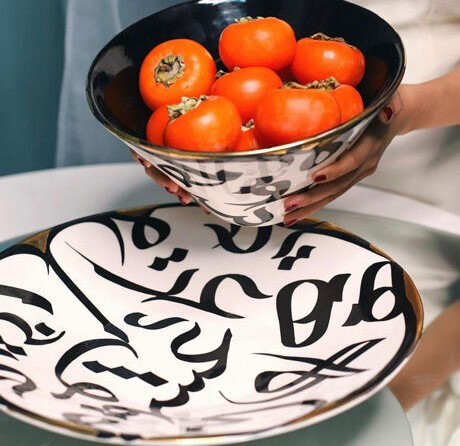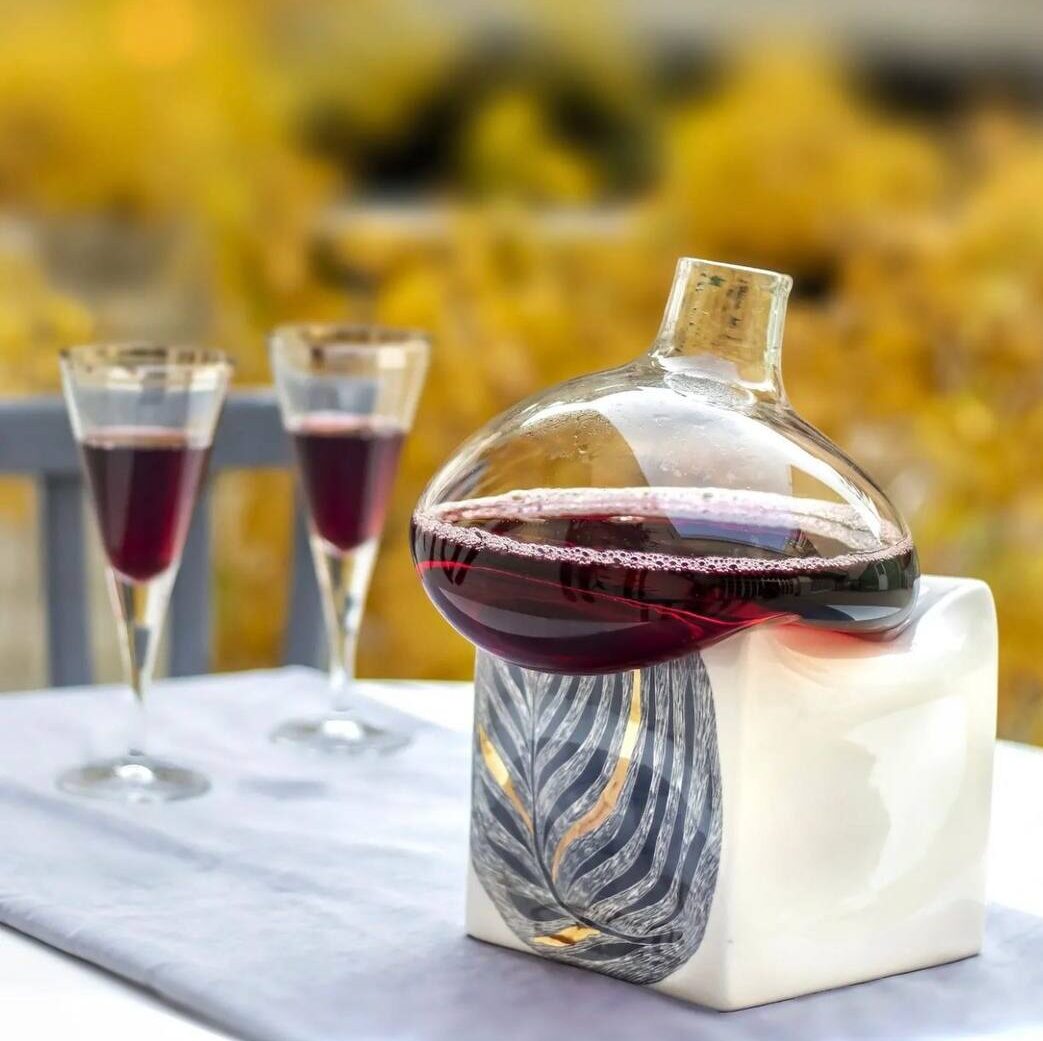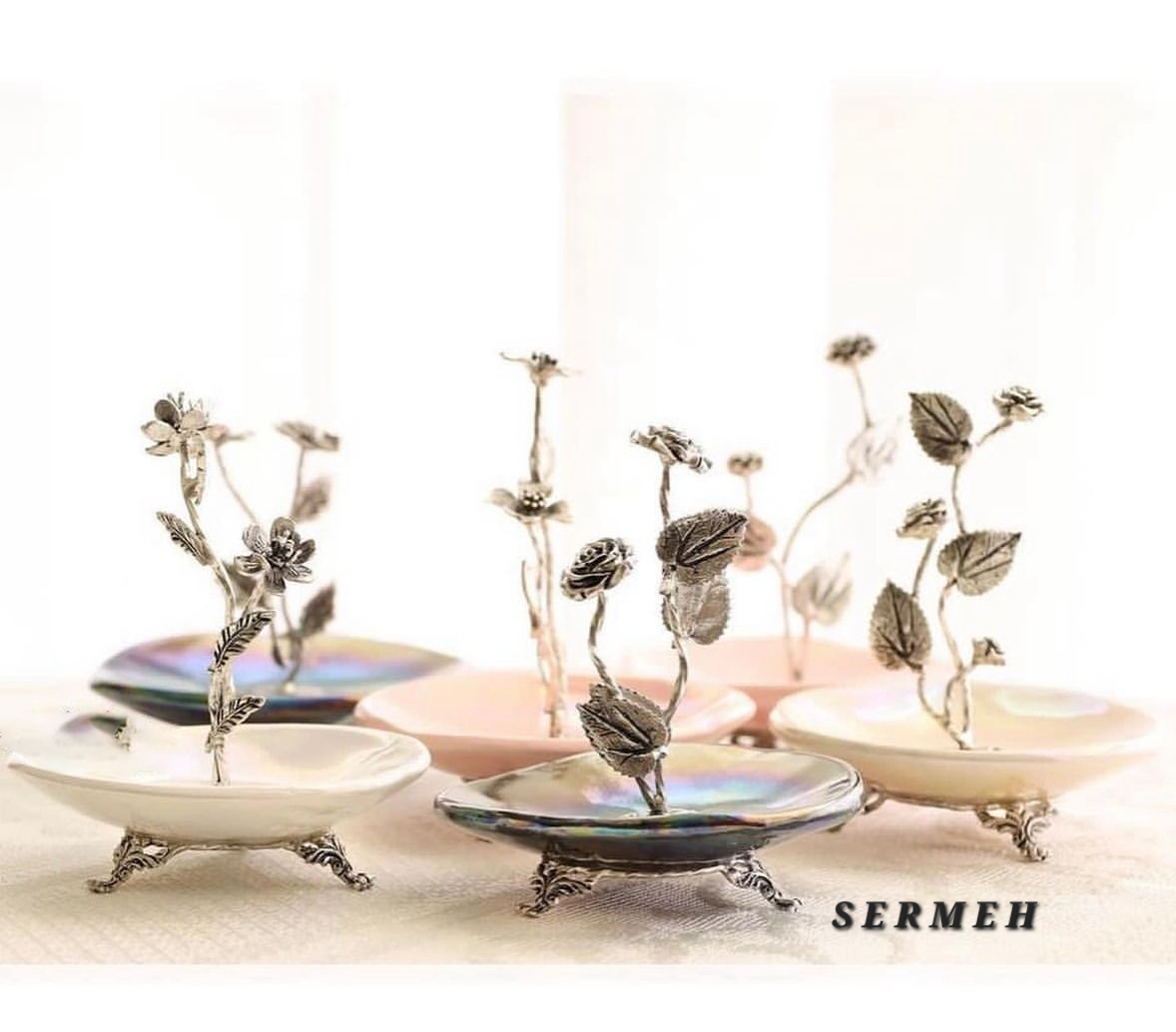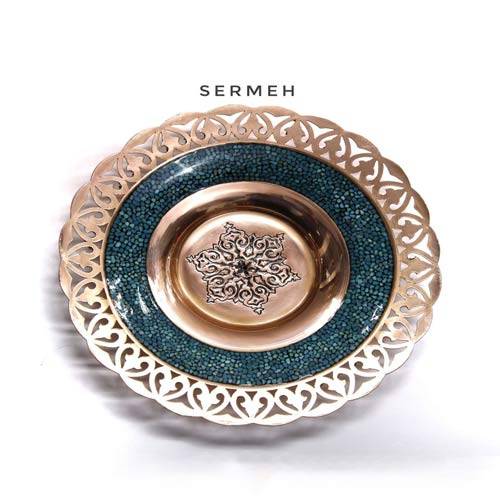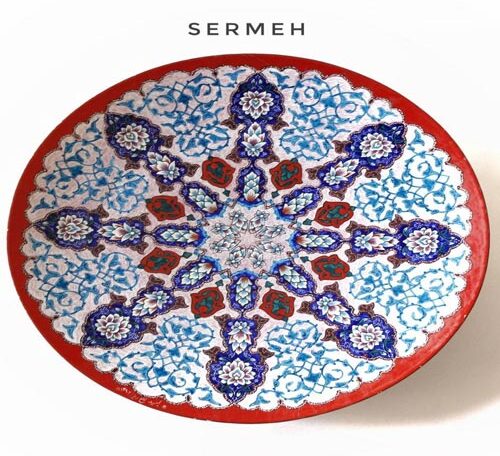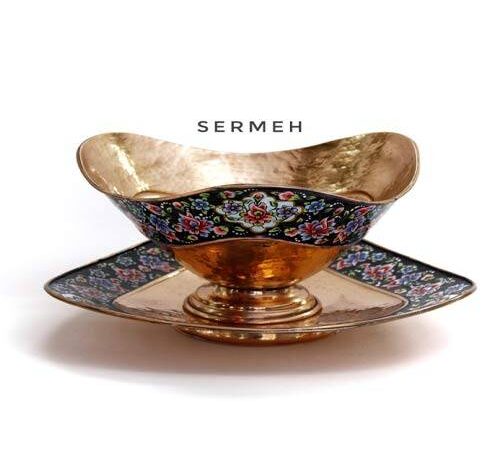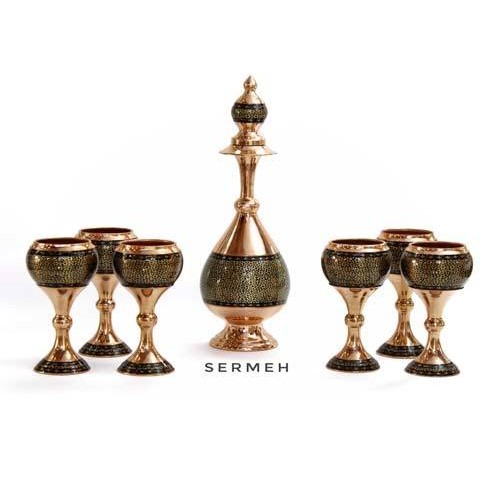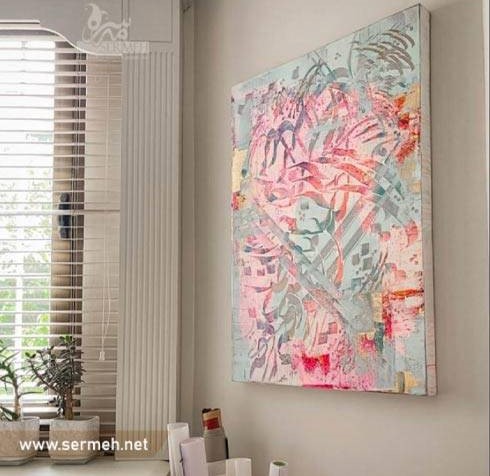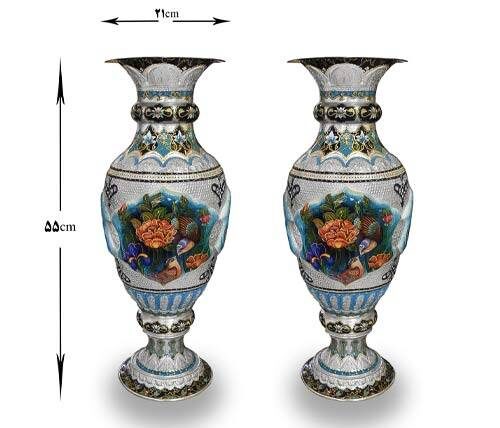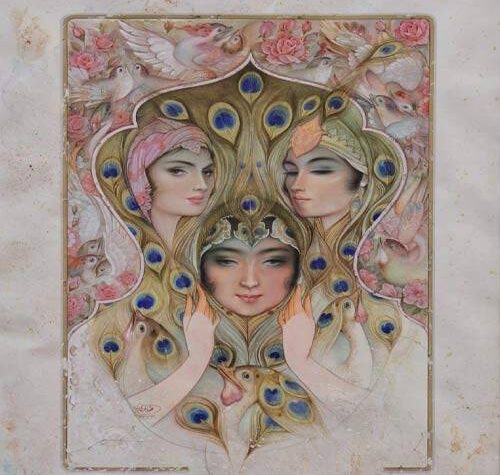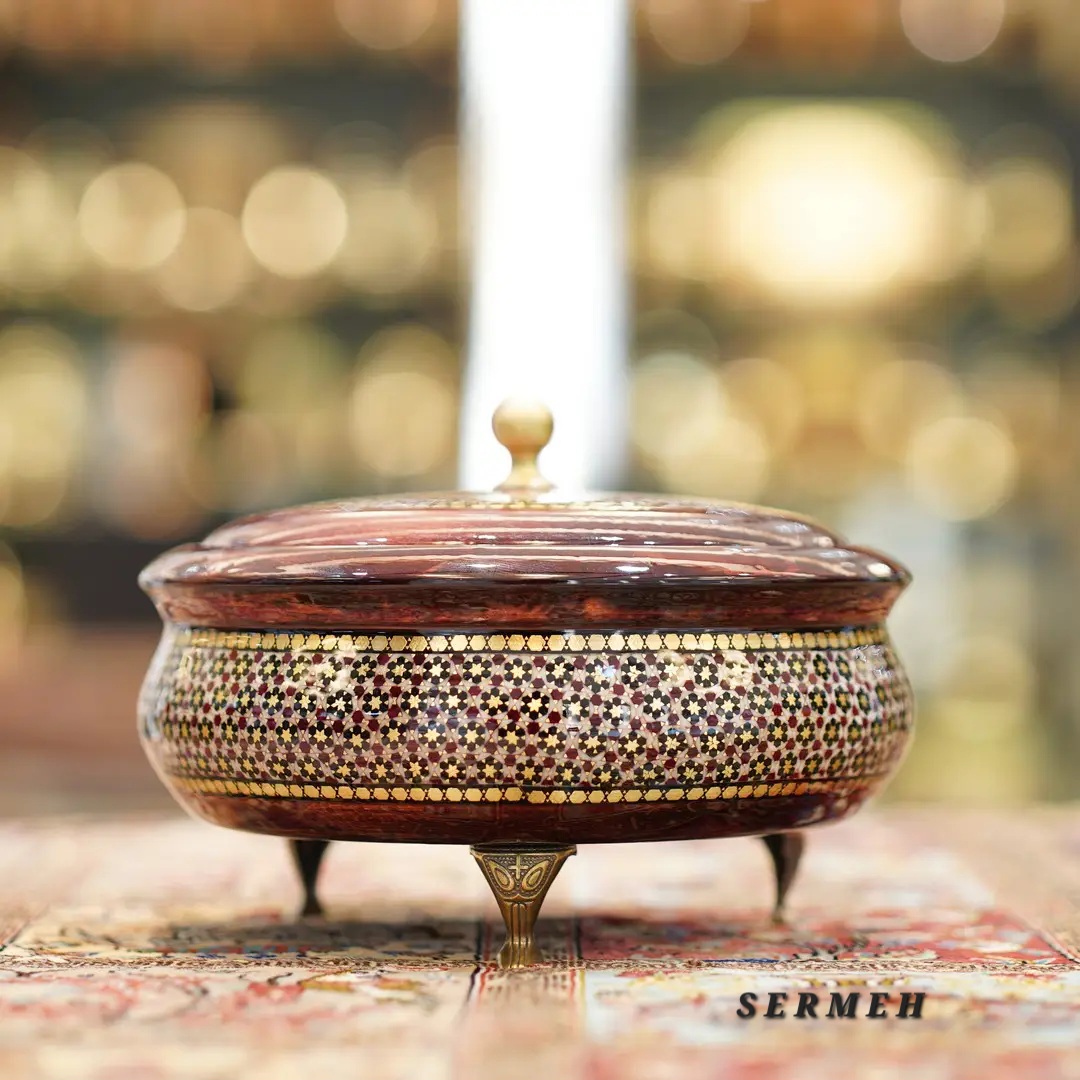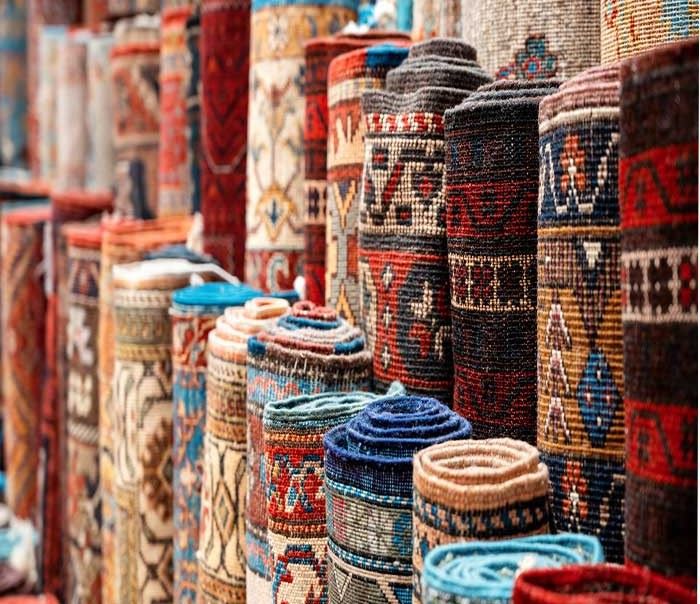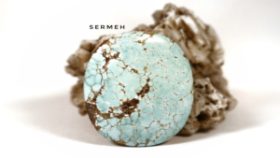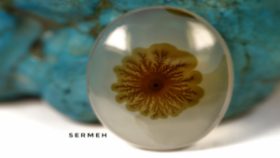Persian Turquoise
Over the past decades, the Geological Survey of Iran (GSI) has conducted many field investigations revealing numerous gemstone occurrences in the Khorasan Razavi Province (KRP) in Northeast Iran. Agate, onyx, amethyst, jasper, opal, rock crystal (clear quartz), rose quartz, orthoclase, tourmaline, fluorite, epidote, garnet group, ilmenite, aragonite, chrysocolla, and Persian Turquoise are some of these Persian gemstones. In the fifth and sixth centuries of the A.H. Seljuk dynasty, Neyshabur was IRAN’s central market for jewels and turquoise. It would be far from the truth if one assumes that this gem can be presented in the market without a scientific method of turquoise quality grading.
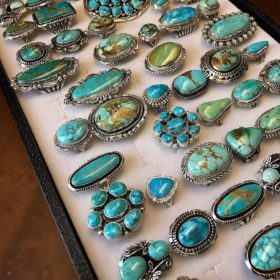 In these historical Persian references, turquoise grading was done by a qualitative approach using adjectives such as better, clear, harder, fresh, good, perfect, large, whitish, yellowish-white, pale, and pleasing to describe the turquoise quality index.
In these historical Persian references, turquoise grading was done by a qualitative approach using adjectives such as better, clear, harder, fresh, good, perfect, large, whitish, yellowish-white, pale, and pleasing to describe the turquoise quality index.
Today, 39 types of precious and semi-precious stones have been identified in Iran, at least two of which exist in Khorasan Razavi. According to experts, aquamarine, agate, quartz, jasper, garnet, and xenolith are among the valuable stones of Khorasan Razavi Turquoise, as the province’s most valuable stone, has a global reputation. In the Iranian Plateau from the 6th and 5th millenniums, humans have taken advantage of its Persian Turquoise and distinctive colour.
Humans from the past to the present have conveyed meanings to each other with colours and things that have their colours. Many archaeological remains have been found in archaeological sites, but blue and turquoise have survived for thousands of years. One of the most vibrant and distinctive colours is Persian Turquoise.
*Buy online Persian turquoise jewelry*
History of Persian Turquoise in Iran
Turquoise is one of the precious stones known in ancient times in Iran. Turquoise is the wish of all the kings of the kingdoms from Cyrus and Darius the Great as gifts to all kings. People in ancient times believed that turquoise stone had many healing properties for their body so they used it in their rings, necklaces, bracelets, and even earrings. This generation-by-generation belief was transmitted to the people of the modern age and quoted among them.
Turquoise stone is found all over the world and its history as a spiritual stone dates back to 7,500 years ago. Iranian turquoise is one of the best turquoise in the world and turquoise mines in Iran are among the first mines of this rock. Other sources include China, North and South America, Saudi Arabia, and Tibet. Virginia Mining is one of the rarest types of turquoise to form prismatic crystals.
Turquoise is a pure and precious stone. Turquoise repels negative energies and can protect the body against external and polluting effects in the air.
The turquoise stone is capable of balancing and aligning all the chakras of the body, stabilizing mood swings, and inducing inner peace for individuals. Turquoise is an excellent stone for treating depression and fatigue. Turquoise stone has the power to prevent nerve attacks such as panic and anxiety.
Persian-turquoise magnetic forces in turquoise, in addition to relaxing, also awaken the inner forces of individuals. These forces, with their awakening powers, reinforce some of the individual’s inner forces. The turquoise stone is powerful and supportive. It also protects the person while travelling. So travelling with turquoise jewelry is highly recommended.
Native Americans believed that the stone protects the horse’s rider and generally protects the bad eye. Called the “Sky Stone” or “Paradise Stone”, they believed that it would create a spiritual bridge between the material and non-material worlds and give the holder a powerful psychic ability.
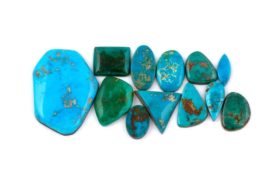
To enhance the eye and cure eye diseases, apply turquoise to the eye or use turquoise to provide a cure. It is advisable for those who lose their sight at night to use cyanosis. Turquoise stone can cure it if the pupil is white or anything else in the eye.
Persian Turquoise Gemstones:
Turquoise is a precious stone that is available in turquoise colours with different colour tones: light blue, dark blue, light green, and dark green.
Turquoise is an igneous rock found in volcanic areas near the surface.
Turquoise Gemstone has been one of the most beautiful stones in Iran (formerly known as Persia) for over 5000 years.
Although Iranian production accounts for just a small fraction of the world’s total output, its turquoise still sets the standard for quality. Its name in Iran is “Ferozah” which translates means “victory.” It is Iran’s national gemstone.
It is believed that the first sample of turquoise to which the Europeans were exposed probably came from Iran via trading posts in Turkey. In addition, the Persquoise Guide is a suitable source to be sure about the true nationality of turquoise(it said that the first one belongs to Iran).
The best Persian Turquoise Gemstone is rich blue, with less matrix than most stones mined elsewhere.
Turquoise Gemstone is never a hard mineral, but the Iranian sample is usually harder than samples mined in other places.
Types of The Persian Turquoise Gemstone
Angushtari. This type of turquoise has the best quality and is suitable for jewelry.
It has a rich blue “Persian turquoise” colour with little marking or matrix.
Barkhaneh. This type of stone has more matrices or markings compared to Angushtari.
Arabi. These stones were considered third-rate due to a pale blue or green shade or unwanted speckles.
(smudge in Persian turquoise tend to be white)Turquoise is commercially mined in Iran in just one location:
a section of the Ali-mersai mountain range, outside of the city of Mashhad.
AGHIGHE SHAJAR(Persian Gemstones):
AGHIGHE SHAJAR is one of the types of agates and Persian gemstones that is minded in Iran. In addition, some countries minded these gemstones too and called them moss agates or Dendritic agates. We should consider that these agates have some differences like mostly moss agates have a green frame but Dendritic agates have a gray one. we have probably heard the name of an Aghighe Shajar, an agate with a white background, and patterns in orange, brown, black and. . . .
Persian-turquoise There is a story about the way these agates are created, knowing it is not worth it!
It is said that this Persian gemstone AGHIGHE SHAJAR is the same white as agate, which has become this during a very interesting and incredible process.
Such rocks, like a negative, in traditional and old photography cameras, have captured a picture of a moment of nature. This process is usually done during lightning.
In fact, during the lightning of the sky, white agate reacts and the image of the surrounding environment plays a completely natural design. The designs on the agate are dependent on the surrounding area during lightning, often seen as forest, trees, and even animals. It should be noted that
the items mentioned in this article are the only beliefs of the past regarding the AGHIGHE SHAJAR.
The roles and characters created on this agate have a lot of pressure on it, which has caused the veins of the inner layers of the earth to enter the rock.
*Buy online Persian turquoise jewelry*

